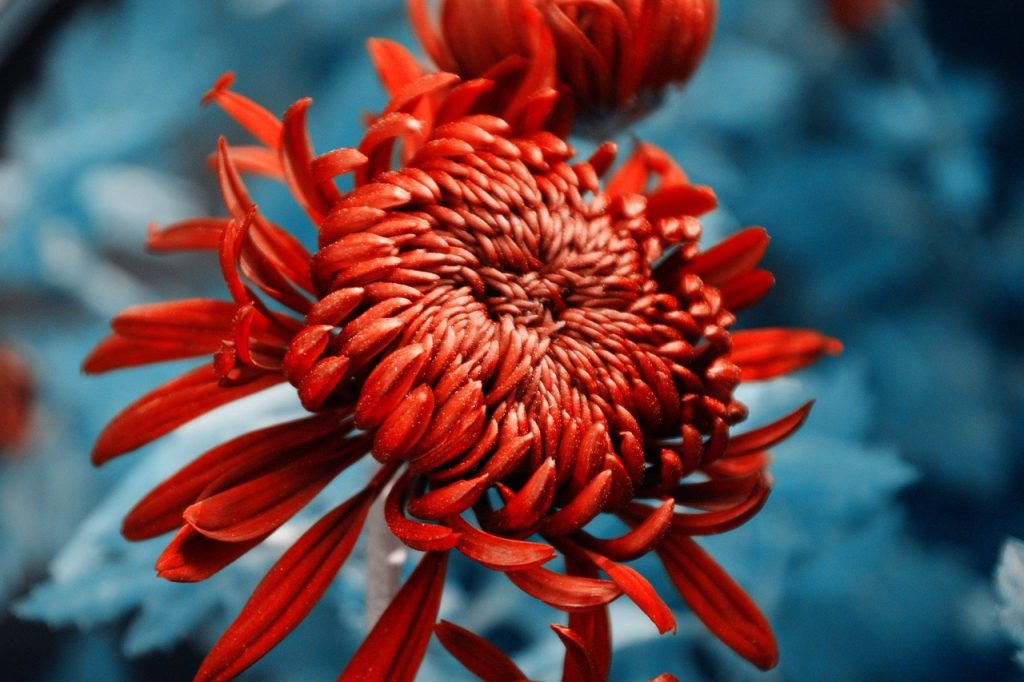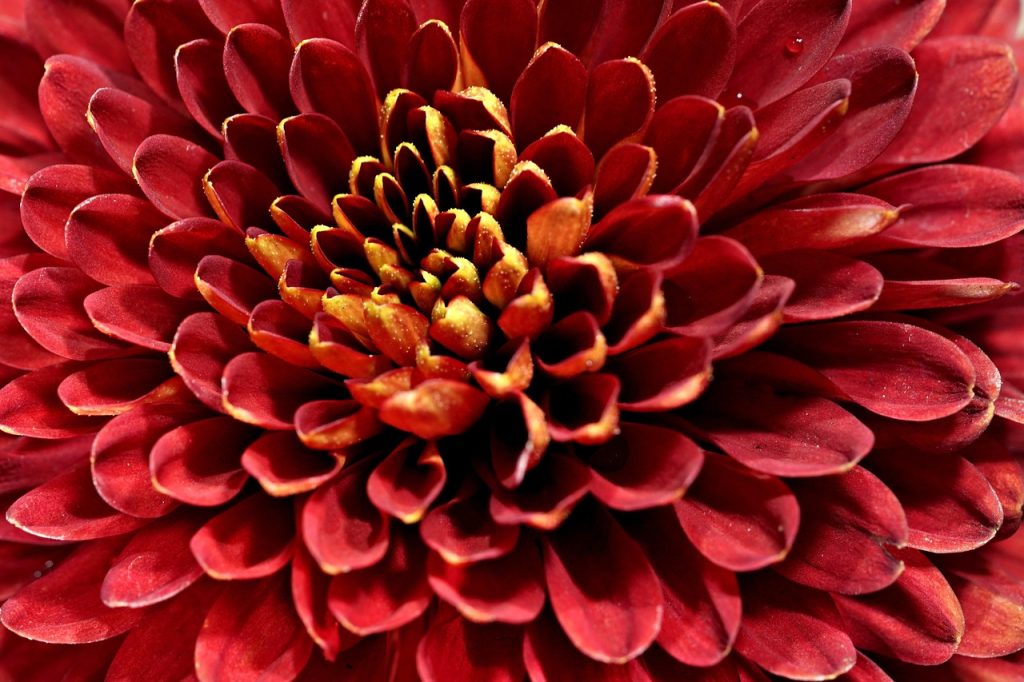As the vibrant hues of summer begin to fade, fall introduces its own palette of rich colors, and one of the most striking contributors to this seasonal display is the chrysanthemum. Often abbreviated as mums, these flowers are a quintessential symbol of autumn, offering a burst of color when many other plants are winding down. Whether you’re an experienced gardener or a novice, understanding how to Caring for chrysanthemums can enhance your garden’s autumnal beauty and ensure that these blooms thrive year after year.

The Rich Heritage of Chrysanthemums
Chrysanthemums have a storied history that dates back over 2,500 years. Originating in China, they were initially cultivated as a flowering herb. By the 8th century, chrysanthemums had made their way to Japan, where they became a symbol of the emperor and were celebrated annually in the Festival of Happiness. It wasn’t until the 17th century that they traveled to Europe, and eventually to America, gaining popularity as a garden plant.
The Appearance and Varieties of Chrysanthemums
Chrysanthemums are incredibly diverse, with blooms that range in size from small buttons to large, showy blossoms. The flowers themselves can be daisy-like, decorative, or even pompom-shaped, and they come in a vast array of colors including whites, yellows, reds, purples, and even greens. Popular varieties include the Chrysanthemum morifolium and Chrysanthemum indicum, each offering unique features and bloom times.
Creating Ideal Conditions for Your Chrysanthemums
To ensure your Caring for Chrysanthemums thrive, it’s essential to recreate their natural conditions as closely as possible. These plants prefer full sun, so choose a spot in your garden that receives at least six hours of sunlight a day. While they can tolerate a range of soil types, well-drained soil is crucial to prevent root rot. Incorporating organic matter such as compost, can enhance soil structure and fertility.
Watering and Temperature Needs
Chrysanthemums require consistent moisture, especially during their growing season. Water them deeply once a week, allowing the soil to dry slightly between waterings. Avoid overhead watering to prevent fungal diseases. As for temperature, mums are hardy in USDA zones 5 to 9. They prefer cooler fall temperatures, which can actually enhance their blooming period.
Planting and Propagating Chrysanthemums
Planting chrysanthemums can be done in spring or fall. If planting in fall, it’s best to do so early enough to allow roots to establish before the first frost. Space the plants about 18 inches apart to allow for air circulation. For propagation, Caring for Chrysanthemums can be easily divided. In spring, dig up the plant, separate the clumps, and replant them in well-prepared soil.
Seasonal Care and Maintenance
During the growing season, apply a balanced, slow-release fertilizer to promote robust growth. Deadhead spent blooms to encourage further flowering and maintain the plant’s aesthetic appeal. In late fall, after the first frost, cut back the stems to about six inches from the ground to help the plant store energy for the winter.

Addressing Common Problems
Chrysanthemums are generally resilient, but they can fall prey to a few pests and diseases. Aphids, spider mites, and leafminers are common pests that can be managed with insecticidal soap or neem oil. Fungal diseases such as powdery mildew can be controlled by ensuring proper spacing and avoiding overhead watering.
Real-Life Uses of Chrysanthemums
Beyond their ornamental value, chrysanthemums have been used in traditional medicine for their anti-inflammatory properties. Chrysanthemum tea is a popular beverage in Asia, known for its cooling effect and potential health benefits. These plants are also beneficial in pest management; their natural insecticidal properties can deter unwanted garden pests.
FAQs: Caring for Chrysanthemums
Yes, chrysanthemums can survive winter in milder climates. In colder areas, mulch around the base of the plant to provide extra insulation.
The best time to plant chrysanthemums is in the spring, allowing them a full growing season to establish. However, early fall plantings are also possible.
To extend blooming, deadhead regularly and ensure the plants receive adequate sunlight and water.
Chrysanthemums can be toxic to pets if ingested, causing gastrointestinal upset. It’s best to keep them out of reach of curious animals.